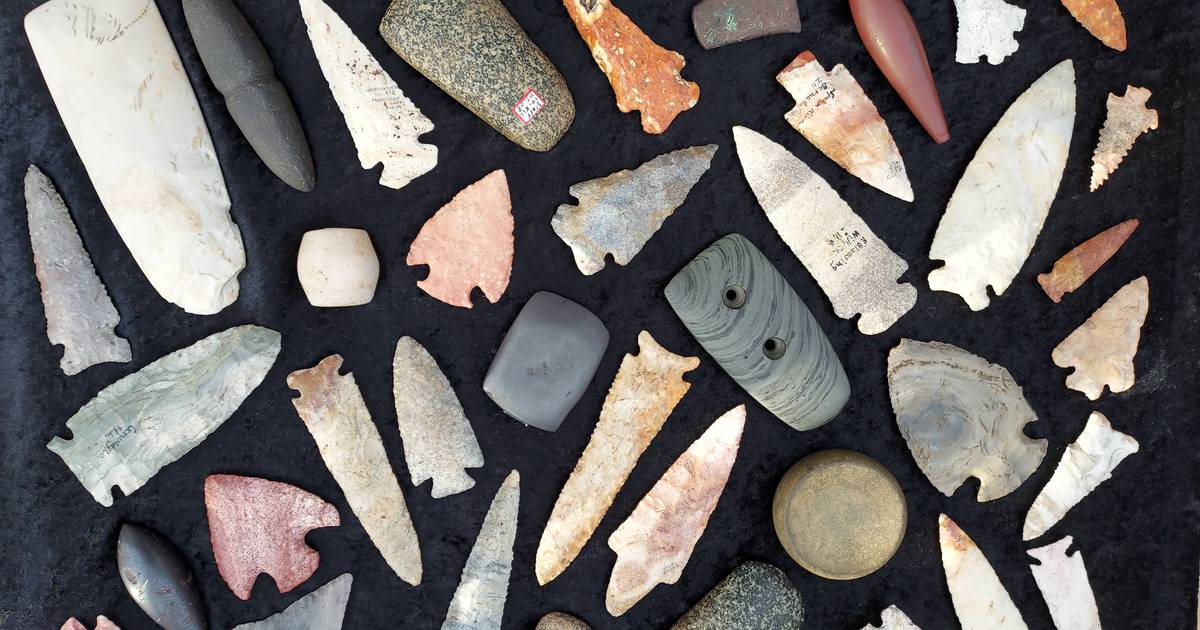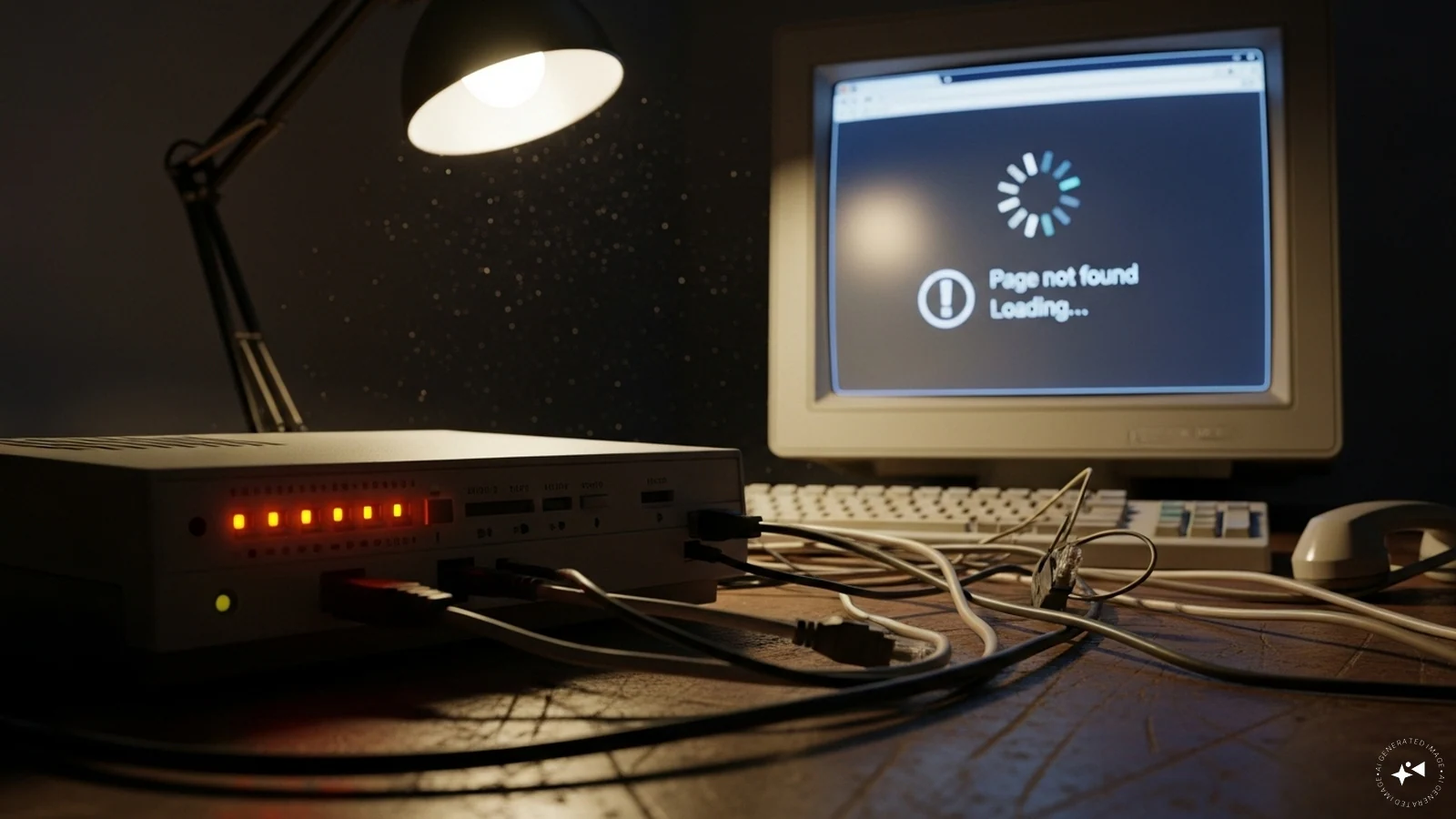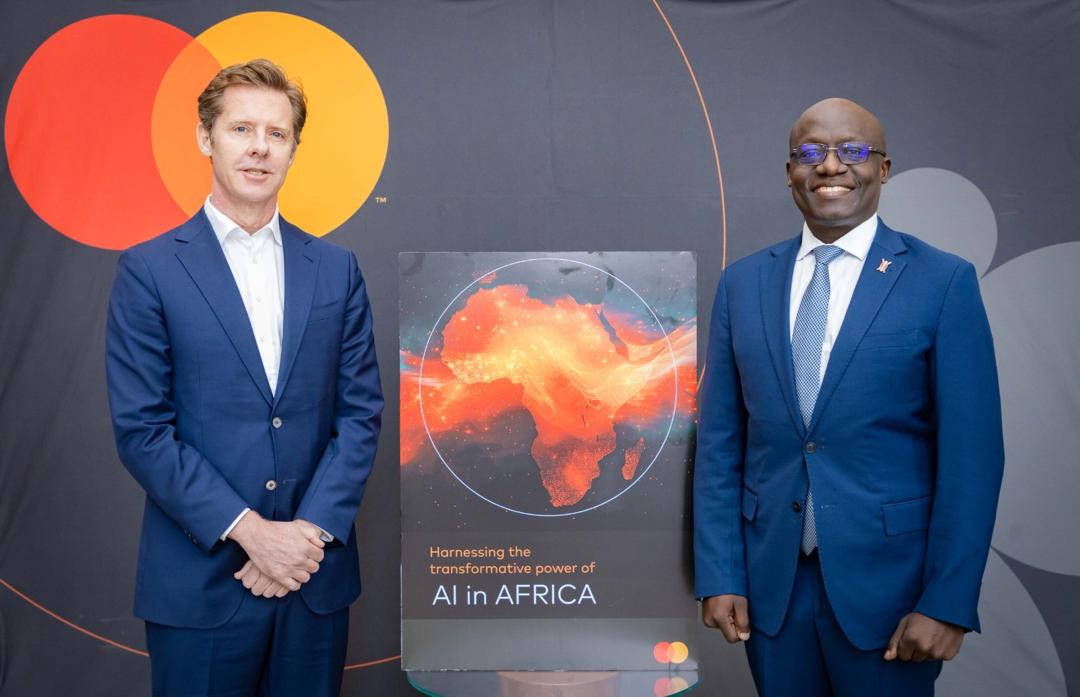Fox Valley Native American Artifact Show returns to Yorkville celebrating prehistoric cultures

The Fox Valley Native American Artifact Show is returning to Yorkville on Sunday, Oct. 5. The show is celebrating its 25th anniversary.
From 8 a.m. to 2 p.m. at American Legion Post 489, 9054 Route 34, visitors can immerse themselves in the cultures of the people who shaped our lands as much as the lands shaped them.
Admission is free, and members of the public are encouraged to bring their own Native American artifacts. A food truck will be on-site.
Before last year’s event, archeology hobbyist and show organizer Tristen Arnold said the discussions inspired by the artifacts help highlight the work of the show sponsor, the Illinois State Archaeological Society.
Clues to a thriving civilization
On plowed farm fields after a hard rain and along creek banks, archaeology hobbyist Tristen Arnold hunts for prehistoric artifacts to glimpse into the lives of people who once called these lands home. Arnold’s discoveries, and some of the best artifact collections in the Midwest, will be on display at the artifact show.
Arnold, president of the Illinois State Archaeological Society, said he hopes the show instills a sense of appreciation for Native American culture, both past and present, and the personal stories told through their artifacts.
“The people here before us were just like us,” Arnold said. “They were working hard at their jobs and doing what they could to survive. They enjoyed spending time with their families and playing games. Through studying their artifacts, we have learned how they survived and thrived.”
The show features artifacts dating from 14,000 B.C. through the post-European contact period during the 1600s to 1800s. Arnold said because the local tribal names – such as the Potawatomi, the Illiniwek, the Sac and the Fox – mostly originate after European contact, archaeologists refer to each prehistoric group based on their era.
Arnold said some of the best examples of prehistoric flint tools found anywhere in the Midwest originate from a region stretching from Aurora to Bloomington.
He said of particular interest to archaeologists is the Fox Valley point, a barbed arrow found nowhere else across U.S. The points capture the traditions of people living from 7,500 B.C. to 4,000 B.C. during the Archaic period. They can only be found in a 150-mile radius encompassing the Joliet region.
“The small barbed point is fairly odd for the Archaic period, where people were using knives and atlatls, a type of spear-thrower, not bows and arrows of a much later period. It’s still debated by archaeologists what these points were exactly used for. My theory is they were used to skin the hides of small game,” Arnold said.
The people of that era had to make the most out of the resources their environment provided because they were some of the first stationary people, only migrating with the seasons, he said. This contrasts with the people who called Illinois home during the Paleoindian period from 12,000 B.C. to 9,000 B.C., who were nomadic and would follow massive herds of mammoth and ancient caribou while also hunting giant ground sloths.
The first artifacts of farming in the region date back to the late Archaic period from 4,000 B.C. to 3,000 B.C.
Resources were always scarcer in northern Illinois compared with farther south in the state. Arnold said this can be demonstrated in the local artifacts being more utilitarian and not as high quality as those found farther south, where access to more resources and materials resulted in a significantly larger population and a more complex societal class structure.
The abundant resources in southern Illinois helped create the Mississippian prehistoric city Cahokia, located near present-day St. Louis, a civilization of 20,000 inhabitants at a time when London had only 1,100 people, Arnold said.
“They had artists and nobles as well as your farmers and fishermen,” he said. “They had all of that without the invention of the wheel, horses or a written language. It is important we study these past cultures to learn how they lived and to see they weren’t so different from us now.”
Arnold compared Cahokia to a more local Mississippian civilization site, Briscoe Mounds, located outside Channahon. He said the site was thriving with people from around 1100 A.D to 1300 A.D. Of the original group of five prehistoric sculpted mounds, visitors still can see two remaining burial mounds. Close to the site is another effigy mound shaped into a massive crescent by ancient tools and hands.
Arnold said he hopes the education provided by the show inspires the next generation of archaeologists. He said a couple collectors give kids small points or broken pot shards to help inspire a fascination with Native American culture.
“You can still find amazing things walking fields, creeks and rivers,” Arnold said. “Always get permission from the landowners, and never look on public lands. Come to artifact shows, [and] look for books pertaining to archaeology and Native American history at your local library.”
Arnold recommends all aspiring archaeologists, young and old, to join the Illinois State Archaeology Society. He said members receive newsletters and journals full of educational stories about archaeology sites and insights into recent discoveries about the civilizations of the past.



